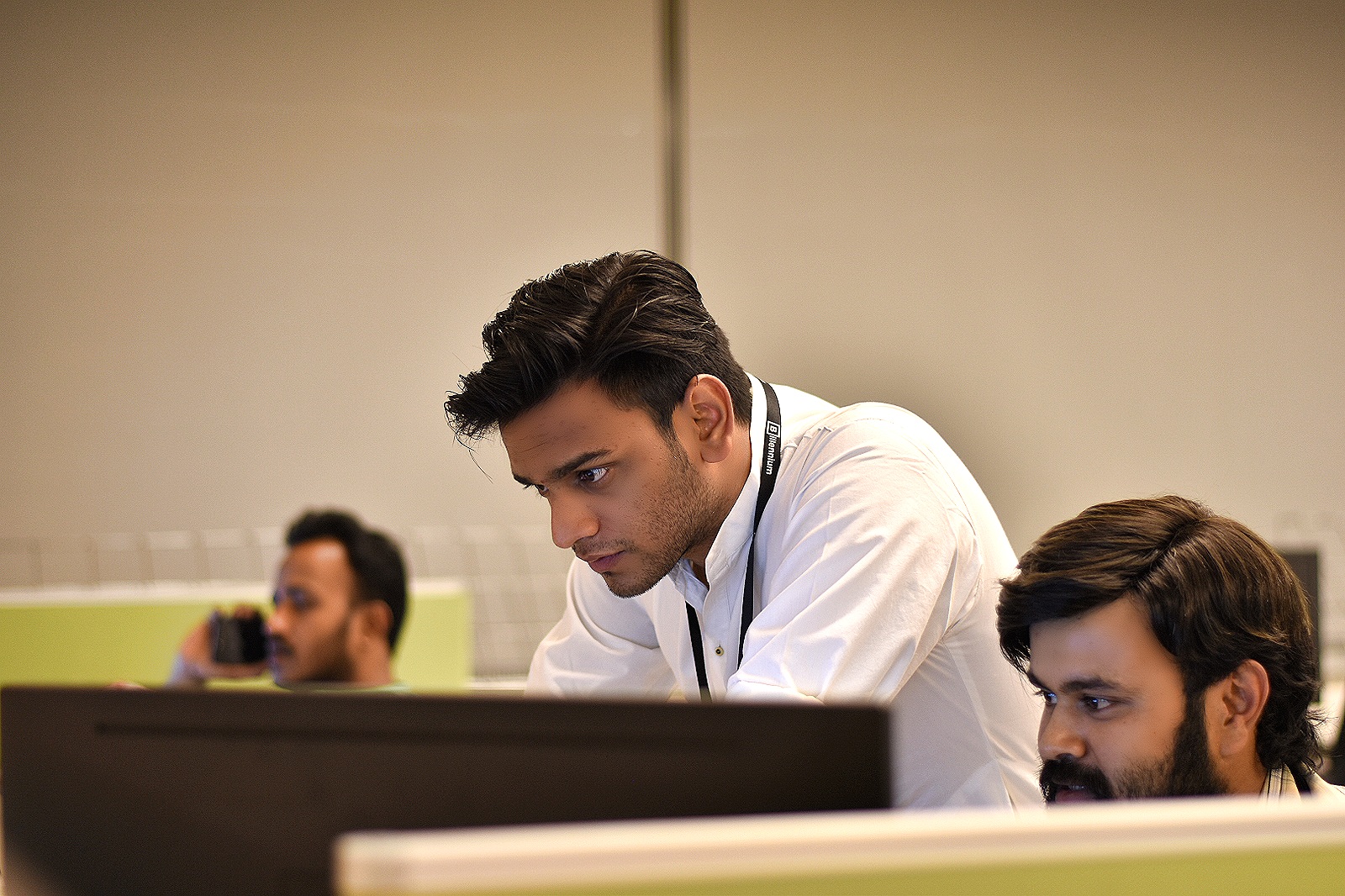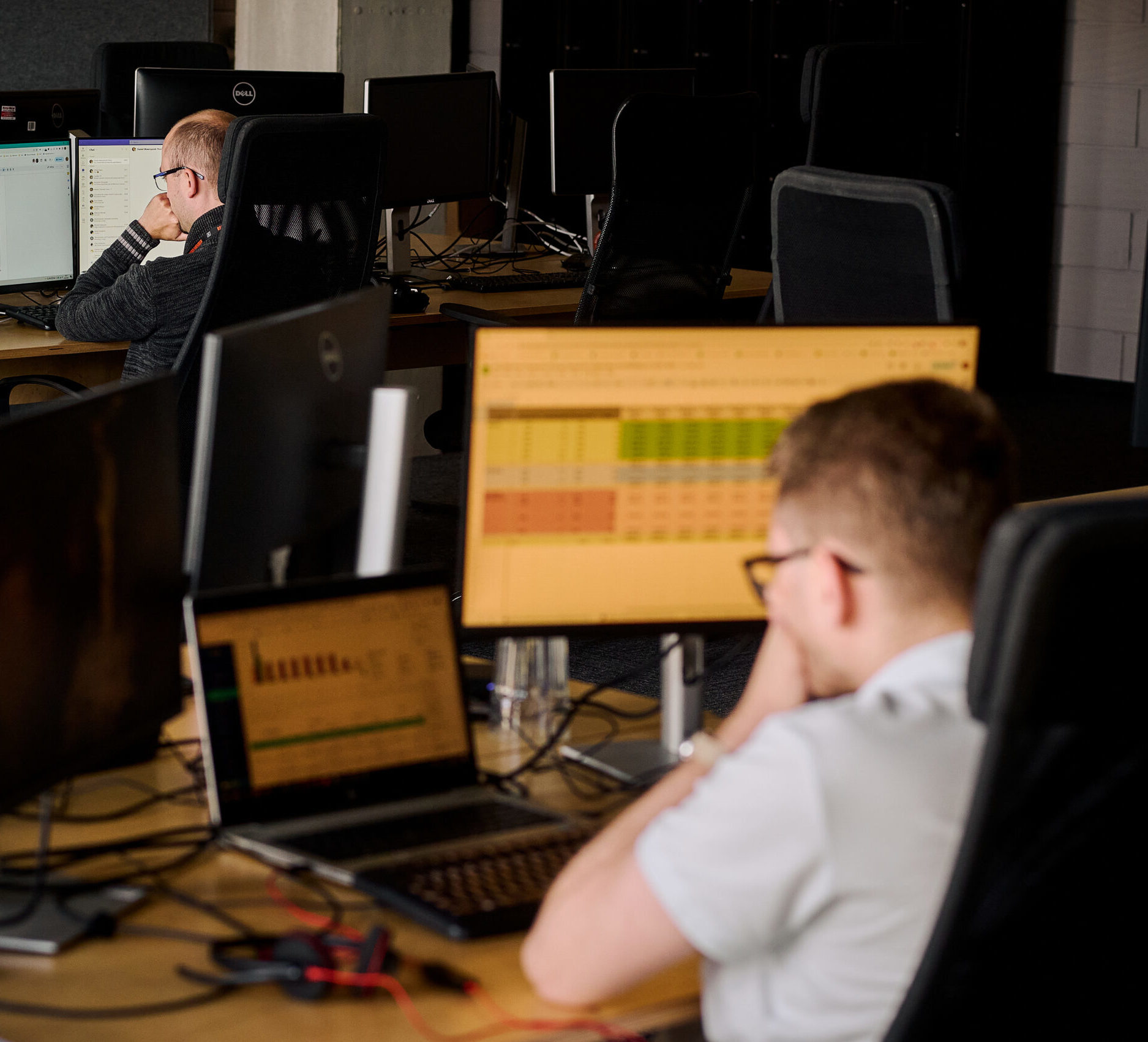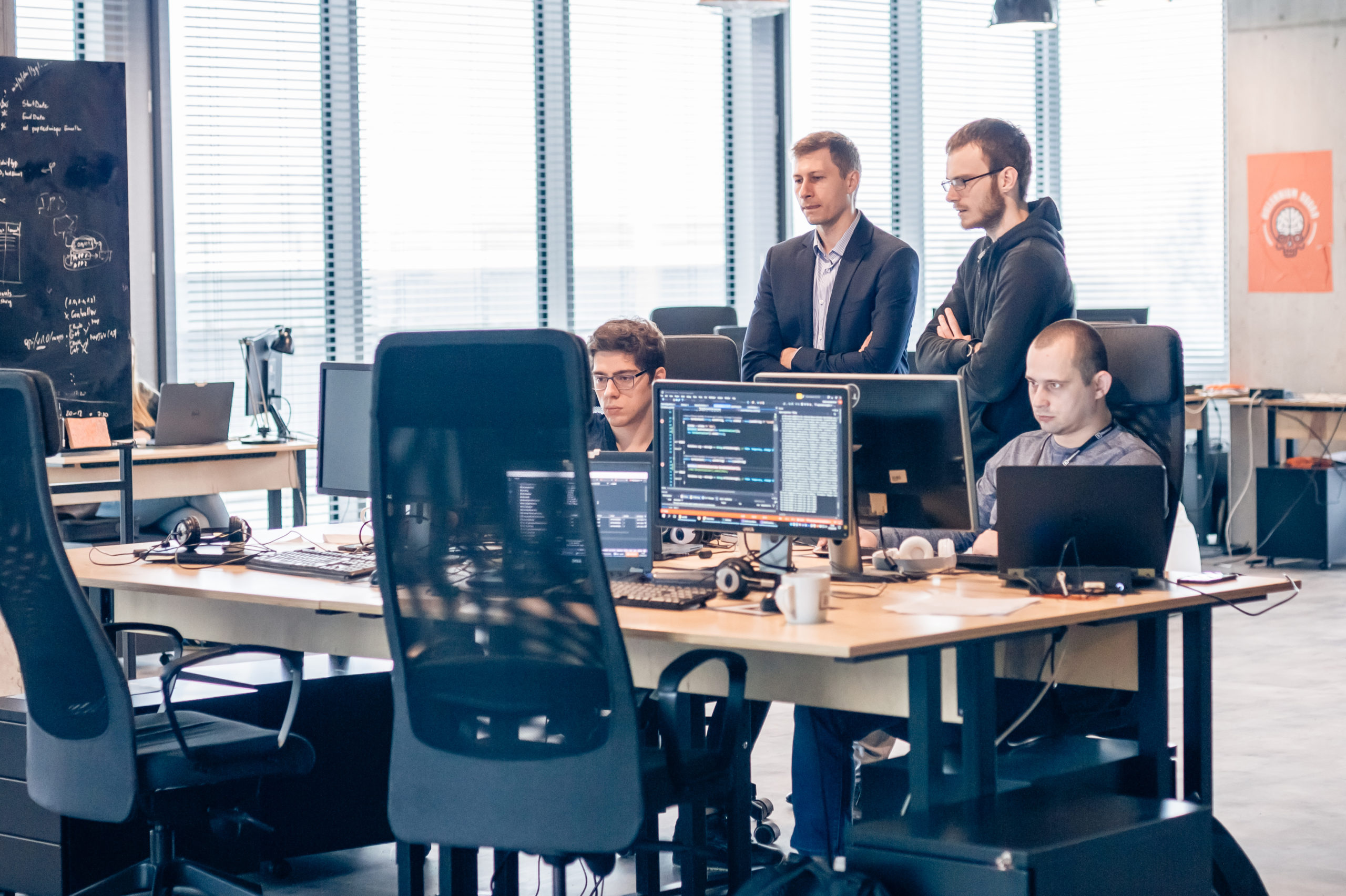Artificial Intelligence, as a result of the release of ChatGPT, has recently become one of the hottest ‘buzzwords’ in the technology world, but not only. The use of AI capabilities for professional purposes in virtually every industry is being discussed. On the one hand, there are enthusiastic voices talking about the benefits or opportunities. On the other hand, there are mentions of the risks caused by the lack of control over the ‘machine’ or its impact on the labour market. For example, in medicine, health care or saving lives is the most relevant issue, where aspects such as staff shortages, high costs or speed are extremely important in every latitude. Nevertheless, AI is already being used in the healthcare industry or work on its implementation is at a very advanced level. In the following article, I will describe a few such areas based on my own experience.
More efficient diagnosis
World Health Organization estimates that nearly 15 million deaths yearly are caused by delayed or incorrect diagnosis. AI is giving doctors an insight into increasing patient information, such as test results, medical history and laboratory test results. The use of AI algorithms in diagnostics also allows for the recognition and analysis of medical images, for example computed tomography (CT), magnetic resonance imaging (MRI), or can aid in the diagnosis of diseases such as cancer or cardiovascular disease.
That is why we at Billennium have set up a special team, Billennium Healthcare, which, together with scientists from the Medical University and Maria Curie-Sklodowska University in Lublin, aims to develop a model using artificial intelligence together with machine learning in the diagnosis of brain tumors and breast cancer. There are, of course, many more use cases worldwide, and a solution currently under development is, for example, to support doctors in the rapid diagnosis of skin cancer. Interestingly, Polish scientists are also contributing to this endeavor.
However, it should not be forgotten that the use of this powerful technology is also associated with certain challenges. Issues such as the dispersion of patient data across different centers that are not connected to each other, legal regulations and the technical side are just some of the aspects that need to be dealt with. Nevertheless, the results of the work presented by the various actors developing the use of AI-based tools and diagnostic support are auspicious.
It is important to bear in mind that to speed up the disease detection process and ultimately increase the chance of a full cure, AI-based systems need to be further powered and trained by introducing more advanced architectures. This will make their results much more accurate (although they are already more effective than experienced specialists).
Faster assistance for the injured and injured people
Another use case for artificial intelligence in the healthcare industry is its use in procedures for segregating the injured in accidents. These allow rapid assistance to those who need it most, depending on the severity of injury or prognosis – the so-called medical triage.
In Poland, the most popular such system is S.T.A.R.T., and there are several other such systems in operation worldwide. Here, AI’s task is to estimate much more quickly and accurately which cases require the most urgent help and to manage the movement of ambulances of emergency services as efficiently as possible.
All of this is done in order to save as many of the victims of a particular accident as possible. Of course, this does not change the fact that there is always a human being at the end of the decision-making chain. However, it should not be forgotten that human factors, among others, cause traditional systems not to function as we would like.
The United States already has such a system based on artificial intelligence algorithms. Its job is to sort through various pieces of information that are stored as text and numbers and analyse sentiment. It is carried out based on the same data set and voice recording analyses. The mechanism designed in this way transmits the necessary information to the emergency team and improves the decision-making process.
Let us remember that artificial intelligence and machine learning processes, as part of analogous processes, need not be narrowed down to just the case described. Similar solutions can also serve as support in medical facilities, both to assist in on-site activities – in case of emergencies – as well as in the planning of work in the facility.

Resource management
The use of AI in managing material resources and optimizing the supply chain of medical supplies is another intriguing case worth taking a closer look at. Planning and executing a complex operation is quite a process to design, making it necessary for a facility to have the right tools, drugs and other medical supplies. Of course, quite a few of these are very expensive, and at various stages there is a possibility that these may get lost somewhere.
For example, a drill used in orthopedic procedures costs close to US$1 500. Another, equally urgent operation may be taking place at the same time, and staff may plan the strategy incorrectly or prepare the wrong set of instruments. Therefore, it must be essential to properly analyze the planned operations, review them for demand and verify the hospital’s stock or external storage.
Artificial Intelligence can help in all of these situations, which, based on a database from the many IT systems that operate in a center or on a timetable, can analyze images of, for example, pictures of medical trays prepared for a particular operation. It picks up, before the start of the process, whether any necessary instrument is missing from them.
This makes it possible to prepare and carry out a specific operation correctly and, moreover, ensures that the doctor performing the operation will have all the required instruments, drugs or dressing materials. It also reduces the losses that may occur if an instrument is lost or a procedure is postponed.
It should not be forgotten that all measures leading to optimization in this field are not only related to procedures. They also relate to the day-to-day operation of a medical facility or pharmacy, by ensuring that medicines are in the right condition. This can be achieved based on data in the ERP system, analysis of shelf images in the warehouse or scheduled admissions and operations in medical centers.
Continuity of supply and insight into stock levels are, of course, no less important in other industries, including manufacturing, TSL or trade. AI is also being used vigorously in these areas.
Virtual medical assistants
Virtual assistants have been present in many fields for many years. Most of you certainly know what Siri, Google Assistant or Amazon Alexa are. They have built-in speech recognition and can provide us with specific information or perform a specific task. Functionality such as text, natural language, or image recognition is also built into many OCR systems, chatbots, or photo recognition applications.
In the health sector, too, we can find many solutions based on similar mechanisms. These should include medical assistants, which allow the recording and transcription of a doctor’s conversation with a patient, whether during an in-person or online visit. The system can also generate a prescription for the patient itself based on the guidance received during the interview. It can also work out a diagnosis or suggest dates for treatments or subsequent appointments.
Of course, control, along with the final decision, will always be on the doctor’s side. Using AI, we can also fully automate patient care by, for example, sending a reminder of a scheduled appointment or suggesting new appointments.
A journey into the world of artificial intelligence with Billennium
How artificial intelligence can be used in a variety of processes, not just within the medical industry itself, are virtually limitless. In fact, the only obstacle that could hinder the implementation of this technology is the budget, or rather the lack of budget or the lack of appropriate skills in an organization.
However, businesses are increasingly seeing the power and opportunities offered by AI. These range from increasing efficiency and productivity, reducing operational costs, improving customer service, making faster data-driven decisions, and developing a competitive advantage.
McKinsey conducted a study entitled ‘The state of AI in 2022‘, which shows that as many as 50% of organizations have already adopted artificial intelligence in at least one area in their business. Stanford University, on the other hand, in its study ‘Artificial Intelligence Index Report 2022‘, argues that investment in AI will double over the next year.
A popular and true slogan is: artificial intelligence will not replace humans. It is those who use it that will replace those who do not. In fact, the same can be said for companies and businesses in general.
At Billennium, we understand these challenges, which is why we created the Journey to AI offering. In it, we deliver AI-based solutions that are best suited to your needs. This service offers an extensive range of many capabilities – from creating intelligent recommendation systems and chatbots to advanced machine learning algorithms and data analytics.
It doesn’t matter if your company is in the medical, TSL, financial, or retail sectors. Our experts have the best design expertise in every field. Start your journey into the world of AI today!
Learn more about our AI & Data Competence Center.

















